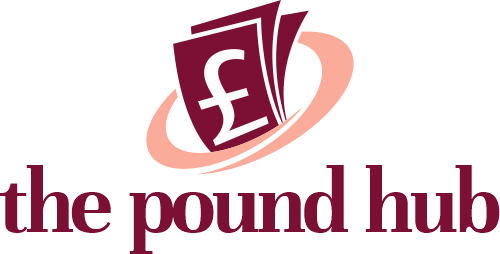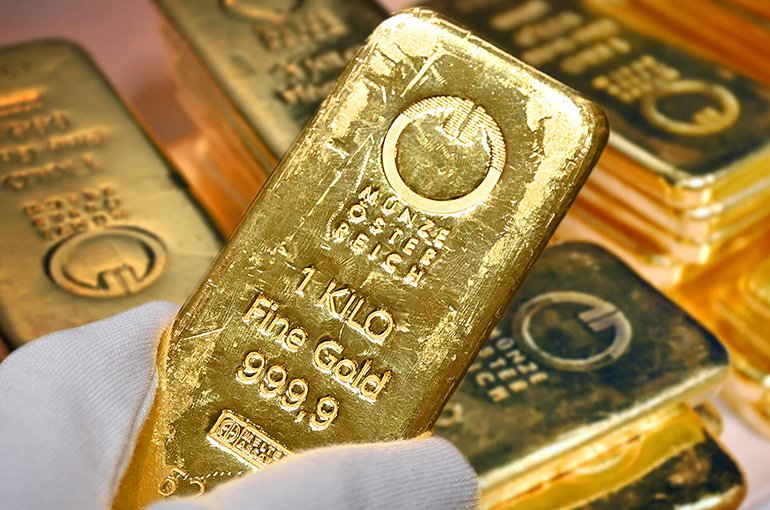(Yicai) Sept. 8 — China’s foreign exchange reserves rose 0.9 percent to the highest since January 2016 in August from the month before, while its gold reserves increased for the 10th consecutive month, according to official data.
China’s forex holdings expanded by USD29.9 billion to USD3.322 trillion as of Aug. 31 from July 31, mainly thanks to the combined impact of currency translation and changes in asset prices, the State Administration of Foreign Exchange announced yesterday.
The US Dollar Index, a measure of the greenback’s value relative to a basket of other currencies, fell last month because of major economies’ currency policies, macroeconomic data, and other factors, the SAFE said.
The Federal Reserve released a clear signal that it will cut the interest rates, causing the US Dollar Index to plummet rapidly, said Wang Qing, chief macro analyst at Golden Credit Rating International.
China’s forex reserves include a large amount of non-US dollar assets, so the fall in the US Dollar Index raised their prices, thus driving the increase in the country’s forex reserves, Wang noted, adding that rising expectations for the Fed’s interest rate cuts also buoyed major global stock indices.
Moreover, US bond yields declined, resulting in an increase in US bond prices, which also led to an overall rise in prices of the global financial assets in China’s forex reserves, Wang pointed out.
The People’s Bank of China increased its holdings of gold by 60,000 ounces to 74.02 million ounces last month from July, SAFE data also showed.
By value, the reserves of the precious metal rose by USD9.9 billion to USD253.8 billion in the period, with the percentage of gold reserves to the total forex holdings rising to 7.6 percent from 7.4 percent, setting a new historical high.
Intensified trade frictions, unsteady US policies, and endless geopolitical hot events have accelerated the trend of multi-polarization in the international reserve system, said Guan Tao, global chief economist of Bank of China International, adding that gold has surpassed the euro to become the second-largest international reserve asset after the US dollar.
International gold prices have presented a trend of rise and then fall for a considerable period of time, Wang said. “From the perspectives of optimizing the international reserve mix, steadily and prudently promoting the internationalization of the Chinese yuan, and responding to the changes in the international environment, it is still possible that the PBOC will continue to raise its gold holdings.”
The onshore and offshore Chinese yuan exchange rates both rose last month. In late August, the yuan exchange rate broke out of the low-volatility status it had been stuck in since June, and the exchange rate between the US dollar and the onshore Chinese yuan dropped rapidly, reaching a new yearly low of 7.126 on Aug. 29.
From an external perspective, the weak US Dollar Index created a relatively mild external environment for the appreciation of the Chinese yuan, said Ming Ming, chief economist at Citic Securities.
From an internal perspective, the central parity rate released by the PBOC sent out a strong signal to guide exchange rate expectations, enhancing confidence in the yuan exchange rate, and the recent outstanding performance in the domestic equity market attracted foreign capital inflows, providing strong support for the yuan exchange rate, Ming explained.
The yuan exchange rate will remain strong in the short term despite some fluctuations, Ming predicted. However, more positive factors are still needed for the yuan exchange rate to break through 7, he noted.
Editor: Futura Costaglione







